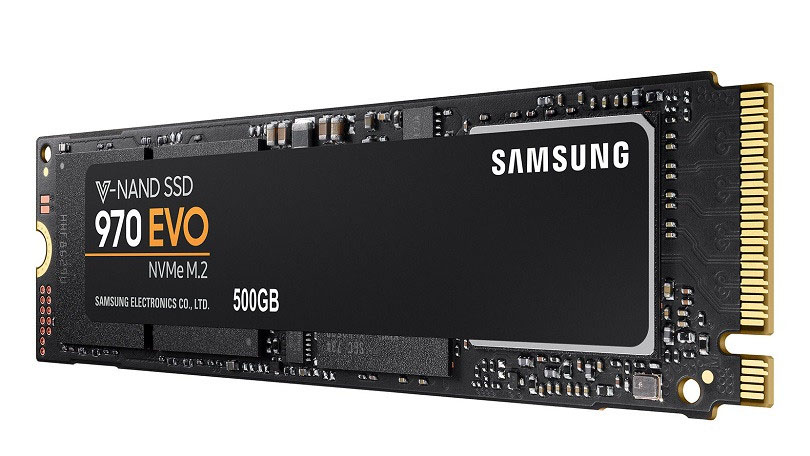Have you ever learned about NVMe SSD? This article will state NVMe drive in detail. Furthermore, there are some precautions you should learn about if you want to buy this drive.
As we know, SSD is popular with lots of computer users. Compared with HDD, SSD boasts high performance.
As it turns out, the technology used to read and write data off SSDs boasts an extremely fast development so that there are fewer and fewer limitations for the method that the drive shares data to the computer.
You may shop for SSD on the internet, but you face a sea of acronyms, like M.2 SSD, PCIe SSD and NVMe SSD. But please don’t worry, as the following introduces some information about the three types of SSD to help you make a choice.
What Is NVMe Drive – NVMe SSD
Short for Non-Volatile Memory Express, NVMe is a storage interface for laptops and desktops introduced in 2013. (“Non-Volatile” means the storage is not erased when your computer reboots, while “Express” means that the data travels over the PCI Express (PCIe) interface on your computer’s motherboard.)
This interface is specially developed for SSDs by a consortium of vendors including Intel, Samsung, Sandisk, Dell, and Seagate to overcome the speed bottleneck affected by the older SATA connection. (You can click here to learn about the comparison between SATA and NVMe.)
How to achieve this goal? NVMe connection gives the drive more direct connection with the motherboard for which the data does not have to hop through a Serial Advanced Technology Attachment (SATA) controller.
Benefiting from this design, NVMe can handle 65,000 queues of data each with 65,000 commands, instead of one queue that with the capacity for 32 commands, and it only has 7 major commands, such as read, write, flash, etc.
We can make a summary that the NVMe storage interface has the following advantages.
- Greatly improving the disk performance;
- Greatly reducing the delay;
- Increasing the maximum queue depth from 32 to 64,000;
- Greatly improving the IOPS capability of SSD;
- Greatly reducing the power consumption because of the automatic power state switching and dynamic energy management;
- Solving the problem of driver applicability between different PCIe SSDs.
Unlike SAS or SATA-based SSDs, the NVMe SSDs connect either through the PCI Express bus or new connectors like M.2 or U.2. The NVMe protocol, attached via these more direct connections, allows for lower latency, greater IOPS and even a reduction in power use.

Precautions Before Getting NVMe SSD
Learning about the information about the NVMe storage interface, you may tend to choose an NVMe SSD for your computer. But please hold on. You should learn about the following items.
1: If your operating system supports NVMe and has M.2 slots, you are able to add an NVMe SSD to any computer with a PCIe slot via an adapt card.
2: In order to benefit fully from an NVMe SSD, you must be able to boot the operating system from it. That requires BIOS support.
3: In the consumer space, all NVMe SSDs being sold feature the M.2 form factor, though there are other connectors. But only having an M.2 slot does not guarantee NVMe compatibility.
4: If you are an end user, you should avoid the 2.5-inch NVMe drives.
If you want to learn other types of SSDs,
- for M.2 SSD, please click M.2 SSD vs. SATA SSD to learn about it.
- for PCIe SSD, please click PCIe SSD Or SATA SDD to learn about it.